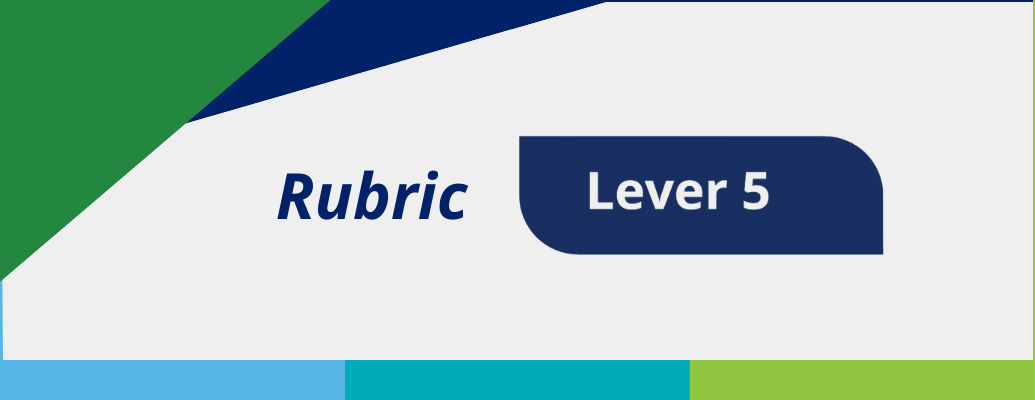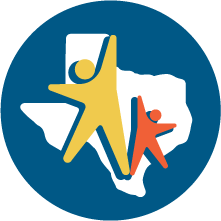
ESSENTIAL ACTION: Collaborative development open to all stakeholders of a biliteracy curriculum, biliterate assessments, and biliterate resources aligned to DLI program goals.
Curriculum is standards-based in both languages supporting bilingualism and biliteracy development but lacking embedded focus on global awareness.
Curriculum is based on enriched education in both languages that includes digital resources and an emphasis on language richness, but limited focus on equal educational access to resources and literacy development across subjects in both languages.
Curriculum is standards-based in both languages supporting bilingualism and biliteracy development. There is evidence of a focus on global awareness .
Curriculum is based on enriched education in both languages that includes digital resources and an emphasis on language richness, and there is some focus on equal educational access to resources and literacy development across subjects in both languages.
Curriculum is research and standards-based addressing the goals of bilingualism, biliteracy, strong academic achievement in both languages and an intentional intertwining of global awareness.
DLI curriculum is challenging based on an enriched education that
- clearly promotes Linguistically Sustaining Practices, linguistic richness and equal educational access to resources and literacy for all learners
- includes a scope and sequence for language and literacy development across subjects in both languages, and
- includes quality, digital biliterate resources in both languages.
DLI curriculum has hands-on resources, but limited integration of Linguistically Sustaining Practices and authentic biliterate resources in both languages.
Literacy resources generally do not accurately reflect the structure of literacy (reading & writing) in the partner language.
Partner language resources are mostly translated from English versions.
Primary learning resources are not consistent across subjects in the language of instruction according to the language allocation plan.
Supplemental learning resources are limited in partner language.
DLI curriculum has hands-on resources and some integration of Linguistically Sustaining Practices and authentic biliterate resources in both languages.
Literacy resources generally accurately reflect the structure of literacy (reading & writing) in the partner language.
Partner language resources are mostly authentic and not translated English resources.
Primary learning resources are mostly consistent across subjects in the language of instruction according to the language allocation plan.
Supplemental learning resources are available in most subjects in both languages.
DLI curriculum includes asset-based biliterate resources that
- include Linguistically Sustaining Practices in both languages
- address students’ prior knowledge include a multilingual perspective, and
- are hands-on and authentic.
Literacy resources accurately reflect the structure of the partner language literacy process and include high-quality, authentic literature.
Partner language resources are of high quality on the authenticity of the partner language and not only translated English resources.
Primary learning resources available in language of instruction.
Supplemental learning biliterate resources available in both languages across all subjects.
Student assessments are not consistent with the language of instruction according to the language allocation plan.
Although assessments in literacy development (reading & writing) are used by teachers to inform instruction, there are limited or no assessments in most subject- areas in both languages.
Few or no tools or assessments that allow students to track their own progress related to metacognitive & metalinguistic connections.
Few or no teachers use tools to monitor the growth of both languages.
Few or no teachers use student portfolios with templates and timelines for completion.
Student assessments generally include Linguistically Sustaining Practices in both languages or specific to language of instruction.
Assessments in literacy development (reading & writing) and subject areas are generally used by most teachers to inform instruction in both languages.
Some tools or assessments that allow students to track their own progress related to metacognitive & metalinguistic connections are available.
Teachers generally use tools to monitor the growth of both languages.
Most teachers use student portfolios with templates and timelines for completion.
Student assessments include Linguistically Sustaining Practices in both languages or specific to language of instruction.
Assessments allow teachers to evaluate literacy skills, proficiency, and subject-area knowledge in both languages.
Several tools available to students to build awareness of their own strengths and weaknesses and track their own progress on metacognition and metalinguistics connections.
Observation tools that support monitoring the growth of both languages used by all teachers.
All teachers employ student portfolios with templates and timelines for completion.
No continuous improvement process aligned to state standards in both languages at all grade levels.
Student support and planning decisions are mostly unilateral and do not involve stakeholders.
Inconsistent conversations with students regarding goal setting and growth in both languages.
Inconsistent systems in place for data driven reflection by item and student level in both languages.
No clear and consistent visible data on student progress to foster student ownership and goal setting.
Limited communication with LPAC on the academic and linguistic progress of current and former emergent bilingual students and the recommended state and local assessments.
Limited continuous improvement processes in place aligned to state standards in both languages at all grade levels.
Student support and planning decisions involve some stakeholders, but not all.
Consistent conversations with students regarding goal setting and growth in both languages.
Some systems in place for data-driven assessments for emergent bilingual students by item and student level in both languages.
Some clear and consistent visible data on student progress in most classrooms to foster student ownership and goal setting.
Inconsistent communication with LPAC on the academic and linguistic progress of current and former emergent bilingual students and the recommended state and local assessments.
Continuous improvement processes aligned to state standards in both languages at all grade levels.
Student support and planning decisions include the input of all stakeholders.
Systematized conversations with students to develop student agency in goal setting and monitoring growth in both languages.
Systems in place for data-driven assessments based on best practices for emergent bilingual students by item and student level in both languages.
Visible data on student progress in all classrooms and throughout the school to foster student ownership and goal setting.
Communicates regularly with LPAC on the academic and linguistic progress of current and former emergent bilingual students and the recommended state and local assessments.
